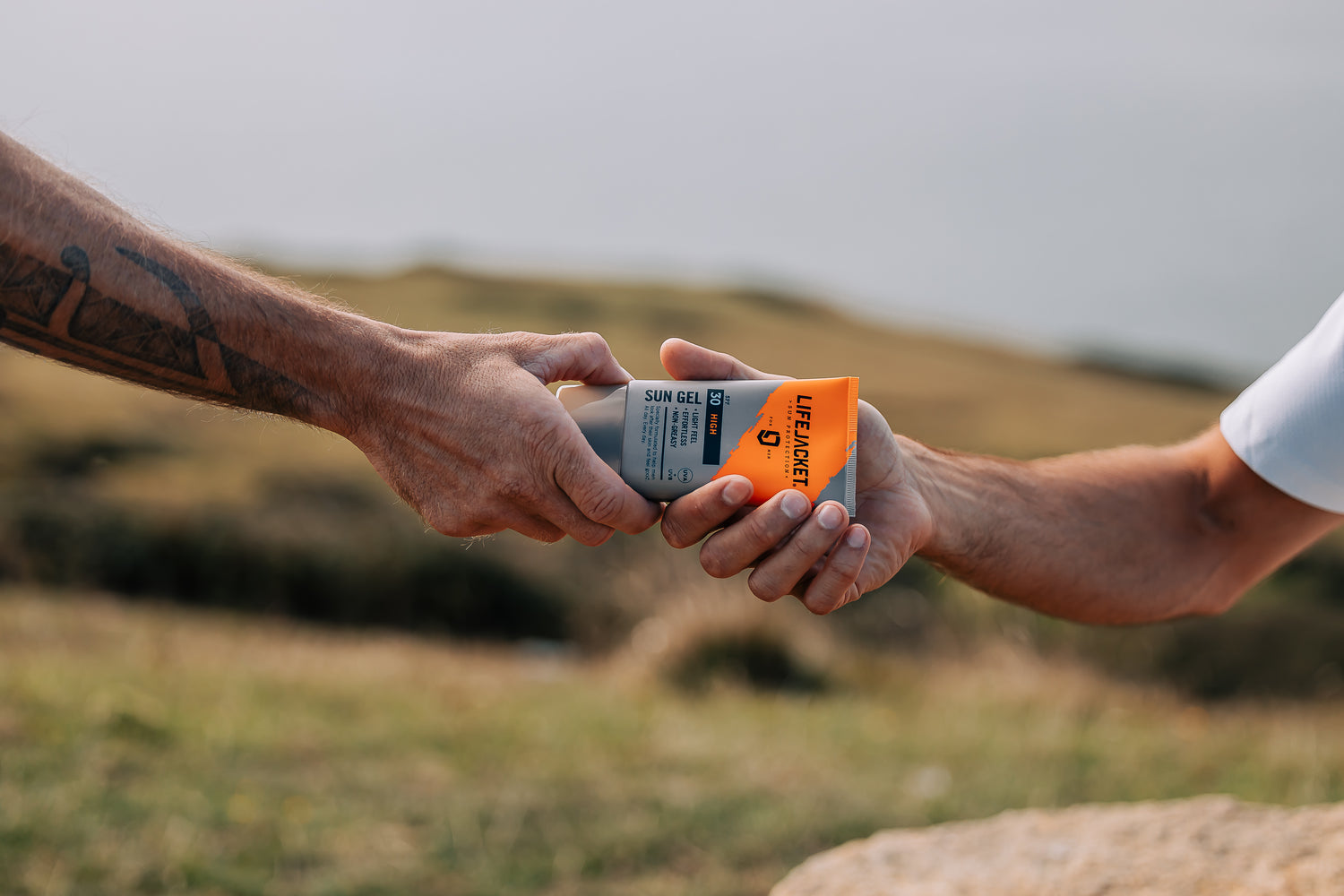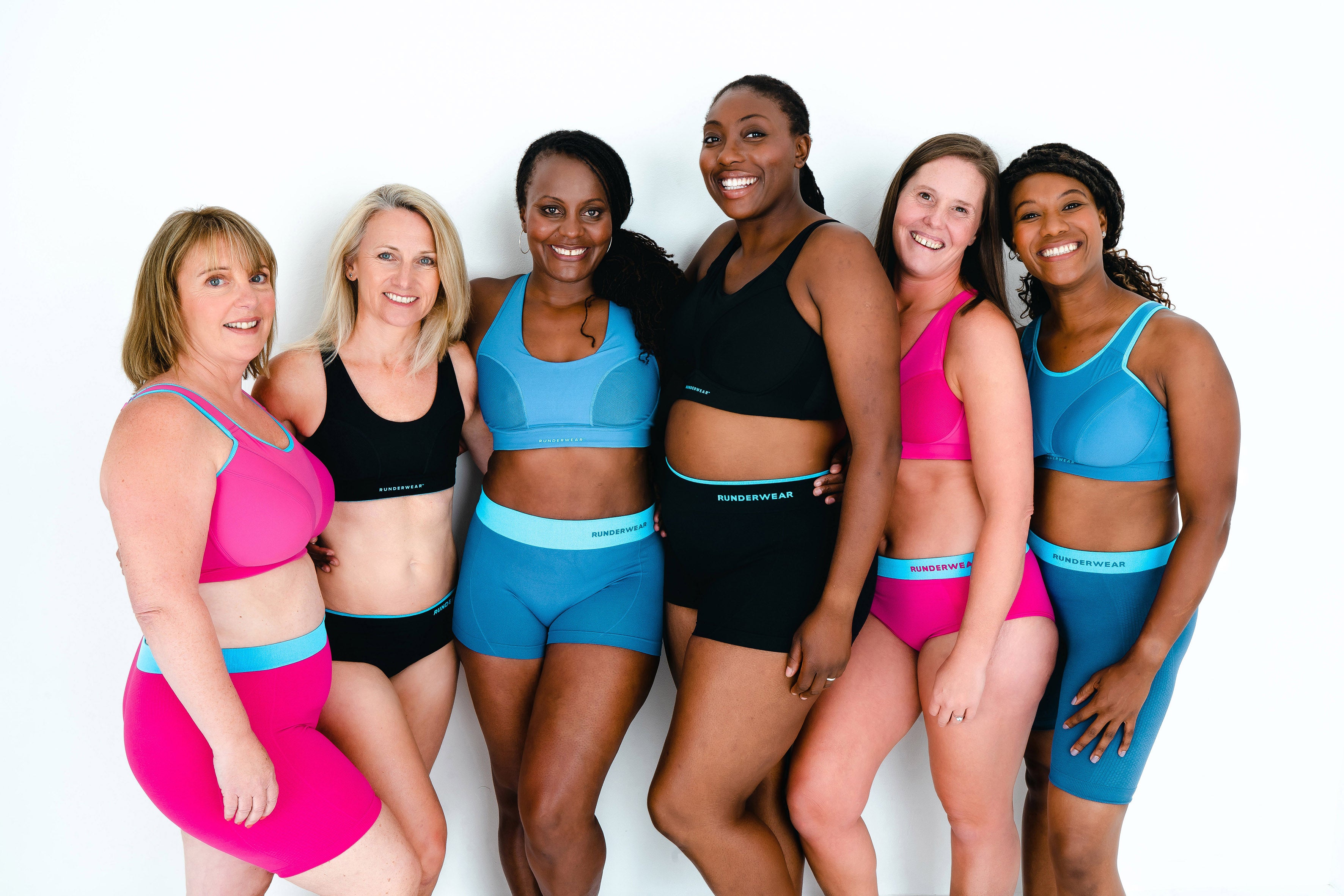
From muddy trails and craggy hills to simple, old, rubber on the tarmac, it’s hard to deny: the freedom, peace and accessibility of running is unmatched.
And if you’re a runner, you understand that better than anybody. Inside or out. Day or night. Rain or shine. You do it and we think that’s great.
So, to ensure you can keep doing it comfortably and safely for years to come, today’s post is all about how to protect your skin while doing the sport you love.
This isn’t about how to get faster, quicker or better. And it’s not about marginal gains. Your skin is your body’s largest organ and you’re constantly putting it through its paces. We believe everyday skin protection is just as fundamental as nutrition, your training and your choice of kit. This essential guide is season-agnostic so take action now and try to make skin protection an everyday habit, regardless of when you’re reading this.
Cutting to the chase, here are our top tips for how runners can maintain long-term skin health.
1. FIRST PRINCIPLES
External aggressors – as we call them – like harsh, cold weather, dry or hot air, ultraviolet light, pollution, smoke and stress attack your skin every single day. Especially if you’re a year-round runner.
These aggressors cause skin damage. Damage could be anything on a spectrum from wrinkles, dryness, redness, itchiness or sensitivity, all the way to skin cancer (and hundreds of other things in between).
Your skin is the body’s first line of defence and it needs help to repel these aggressors. For us, that comes in the form of skin protection. It isn’t skin care without skin protection.
2. NEVER FORGET SUNSCREEN

The 20-pound gorilla of all aggressors is ultraviolet light.
UV is responsible for 80% of premature skin ageing and 90% of melanoma skin cancers.
Here’s the important bit of science most people don’t realise. UVA in particular reaches your skin every single day and in equal measure throughout the year. It also accounts for 95% of the UV that reaches us on earth. So, as long as it’s light outside, UVA hits your skin – even through cloud and glass.
UVA penetrates the deeper layers of the skin meaning you can’t see the damage. It contributes to premature skin ageing and wrinkling by damaging the natural proteins under the skin’s surface. These proteins keep the skin tight and strong but, when damaged, can’t provide the same structural support. For a long time, it was thought that UVA couldn’t cause any lasting damage other than these cosmetic changes but studies strongly suggest UVA enhances the development of skin cancers because the rays also cause DNA damage in the skin.
Give UV is ever present, the temperature outside or time of year doesn’t matter. So, for any outdoor runs – any time of year – use a good sunscreen before heading outside on all exposed skin. We recommend a minimum of SPF 30 and the European UVA kite-mark (or UVA 4-5*). Reapply every two hours and don’t forget your lips, nose, back of the neck and ears – commonly missed spots where runners often burn.
If you care about your health, this is a really important part of your gear.
3. IS YOUR KIT UPF?

Another way to protect the skin is by wearing a physical barrier that blocks attack i.e. clothing.
But beware – not all fabrics are created equal. For example, a white cotton t-shirt is the equivalent of SPF 5 and you could feasibly burn through it.
Ultraviolet Protection Factor (UPF) is to fabrics what SPF is to sunscreen. It’s a measure of how much UV protection the fabric provides.
Denim is UPF 1,700 so it’s super protective but who wan’t to run in denim?
Look out for UPF 50+ active and running wear. It’s a good option if you don’t like running with cosmetic creams on your skin.
4. PROTECT YOUR BONNET

It might get hot but your head’s a sitting duck under strong sun. That’s even more true if you’re bald or have a close cut on top.
Wear a beanie or cap. There are breathable, lightweight, UPF 50+ variants out there. It’s a whole lot better than a sunburnt head or sun stroke.
5. WEAR SUNGLASSES MORE OFTEN THAN YOU THINK
For the same reason it’s ideal to protect your skin from UV every day, we should probably all wear sunglasses more often than we think.
UV levels can be high even on a cloudy day. Sunglasses with UV400 protection (or which have the CE kite mark) are a critical piece of kit. Avoid low quality lenses which can cause more harm than good as you in this post on eye protection.
6. COMBAT WINTER SKIN

A little known fact is that winter is the worst time of year for people who suffer from outbreaks but there’s no reason you can’t get that summer-skin-feel all year round, with some basic management.
The skin’s top layer is called the epidermis. It’s a waterproof barrier between your body and the big wide world. It’s the skin layer where drying takes place. And this is key.
Healthy skin contains c.30% water. Each day, it loses about one pint. Winter presents a problem because humidity is low both inside and out, and the water content of the epidermis tends to mirror atmospheric humidity. So, as humidity drops, water loss increases because dry air pulls moisture from the skin.
When the skin’s water content drops below 10%, dryness, flaking and itching begins. This leads to redness, cracking and inflammation: all signs you might personally recognise of weathered, winter skin.
Why does this happen?
Cells in the epidermis are held together by a lipid-rich glue made up of natural oils. When the glue is weakened, water loss (and its consequences) accelerate. Things that cause the glue to lose its grip include: sun damage, over-cleansing, scrubbing, underlying medical conditions and, of course, winter conditions.
It’s also worth mentioning that the epidermis gets thinner with age often due to the cumulative effect of sun damage. Thinner skin doesn’t retain moisture as well. On top of this, natural oil production slows with age.
While dry skin is clearly not life-threatening, it’s a nuisance, doesn’t look great and can give rise to complications like eczema or infections (don’t forget the main role of the epidermis!).
To manage winter skin, we suggest the following: moisturise (even more) regularly, stick a humidifier by your desk, have warm (not hot) showers, use soap-free products because soap is drying and strips your natural oils and drink water (see later).
7. SKIN RECOVERY

Help your skin repair and recover after a long day outside.
Try to shower as soon after your run as possible to avoid pores getting clogged. After a shower, slap on a good moisturiser to re-seal the outer barrier.
Moisturisers can do two things depending on their ingredients: form a layer to block water leaving or try and add water to the epidermis. Applying straight after a bath or shower seals in moisture while your skin is damp. Don’t forget about your hands and body – they definitely won’t say no to a daily layer of added moisture.
This one is more about looking and feeling better but that doesn’t make it any less important.
8. HYDRATION
This one’s simple.
Maintain cellular moisture from the inside out and drink up. Especially during winter when more dry skin is common and you might be drinking less because you’re likely to be less thirsty/sweat less.



Leave a comment
All comments are moderated before being published.
This site is protected by hCaptcha and the hCaptcha Privacy Policy and Terms of Service apply.